
Fashion in a convict colony
Australian fashion has evolved significantly over the past two centuries. From colonial era fashions imported from Europe to modern trends influenced by international designers and rapidly changing internet culture.
In the first installment of our blog series on the history of Australian fashion, we explore what people were wearing during the late 18th and early 19th centuries.

Function over form
Fashion in Australia during the late 18th and early 19th centuries was heavily influenced by British colonial rule. While most convicts wore uniforms, free settlers brought with them European styles of the time. This was Georgian era clothing – formal and rigid to match the era’s social structures. What you wore was dictated by your social status.
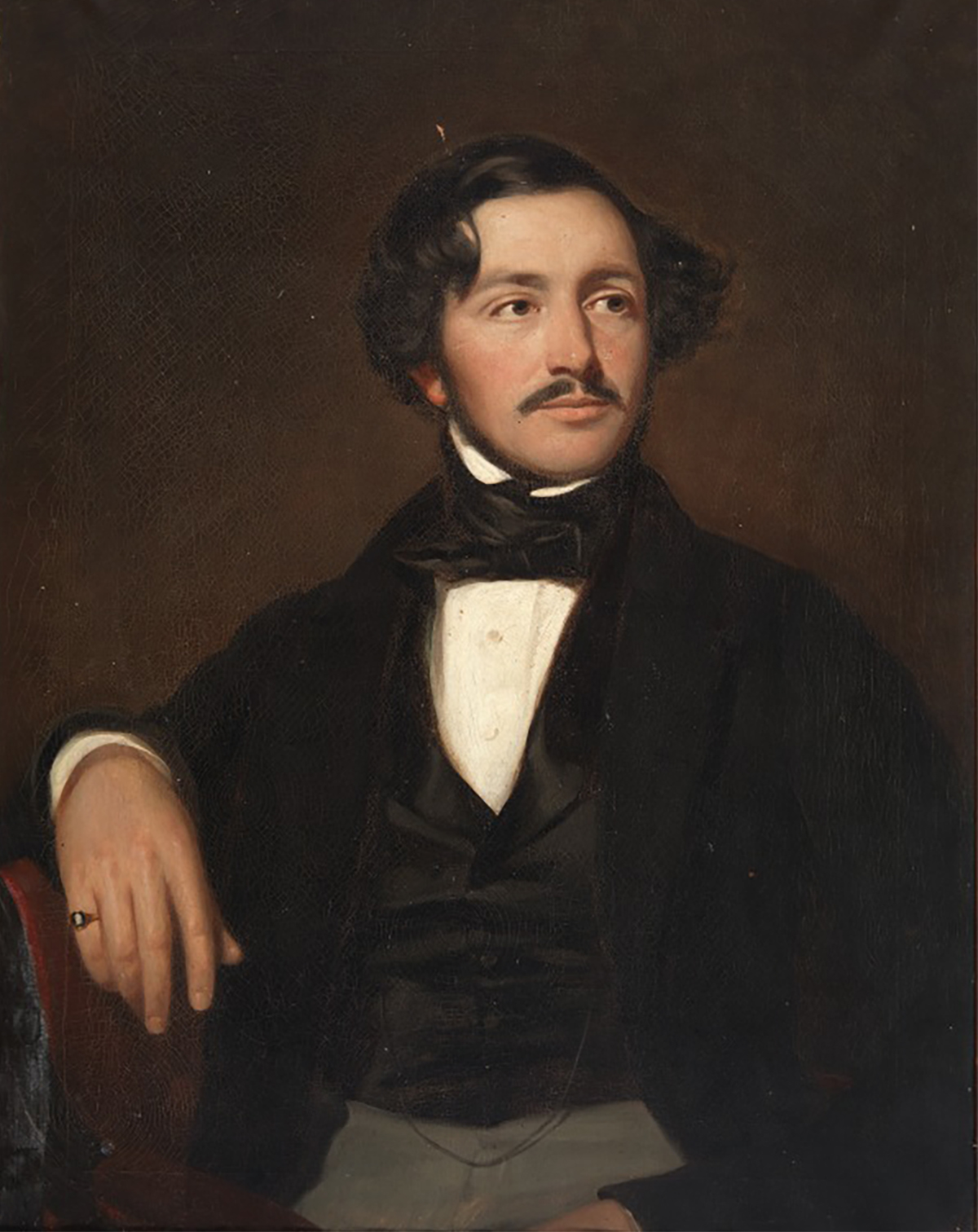
For men, this included wool suits, waistcoats, breeches, cravats, frock coats, and top hats. In addition to wool, heavy fabrics like linen and silk were popular. Beautifully cosy for British weather, dreadfully impractical for the Australian bush and sun.
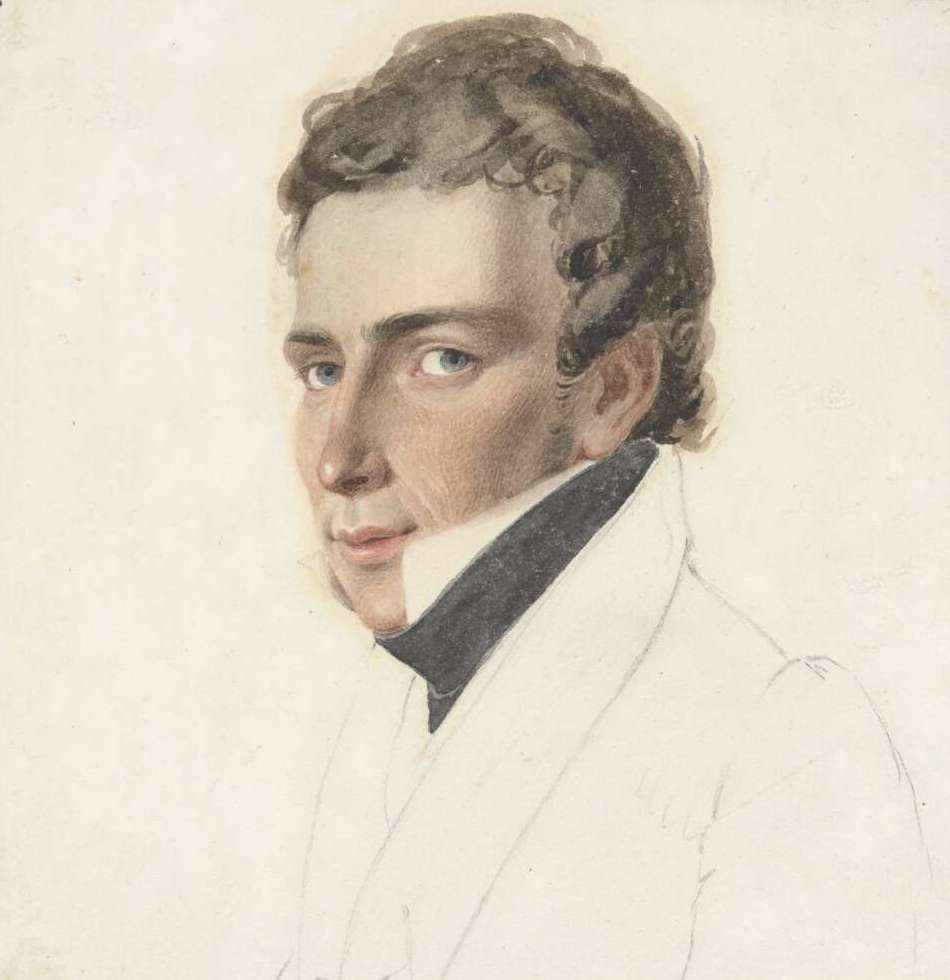
Women wore dresses with full skirts and fitted bodices, often with layers of petticoats. Corsets were common, as were accessories like bonnets, shawls, and gloves. Women wore these for modesty and protection from the sun. Sunburn 0, heat stroke 1.
‘As usual, the ladies of Australia looked delightfully, barring the starch and whalebone, which, in pity to their natural amiability, we advised them to lay aside.’ – Bell's Life in Sydney and Sporting Reviewer, 29 January 1848
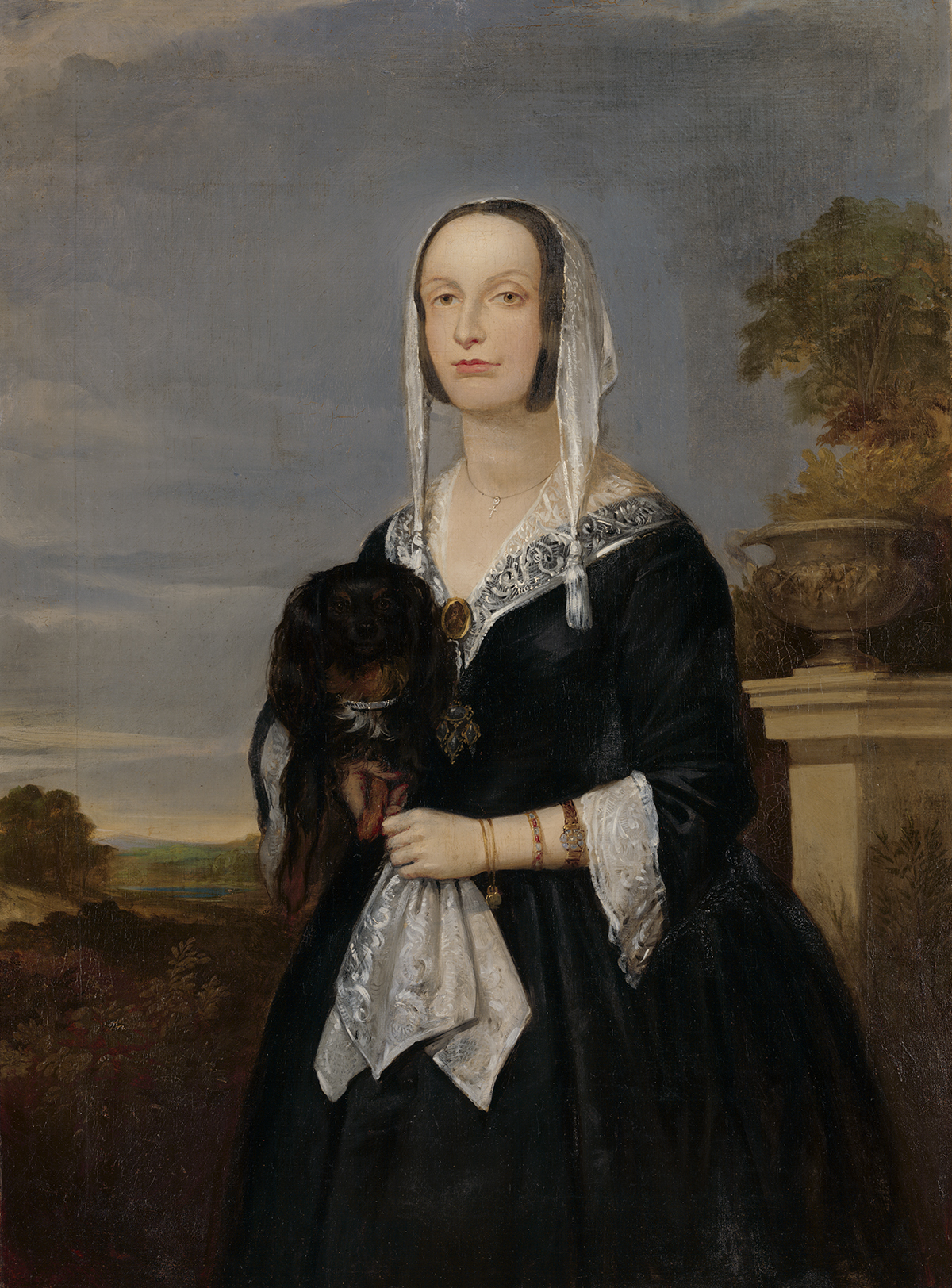
Adapting to the climate
Georgian era fashion was ill-suited to the Australian climate and rugged landscapes. Over time, harsh weather and working conditions led to a more relaxed and practical approach to clothing. This laid the groundwork for a distinct Australian style.
To better suit Australia's hot and dry climate, lighter fabrics and more practical styles were introduced for both men and women’s clothing.
The iconic Australian slouch hat, first used by military forces, also became a staple. In 1994, the slouch hat was even approved as a United Nations official headdress for Australian servicemen and women serving with the United Nations Assistance Mission in Rwanda.

Chain gangs and redcoats
No, we’re not talking about the influence of British punk fashion (...yet). We’re talking about uniforms worn by convicts and the people who governed them.
Convict uniforms
While not all convicts wore uniforms, they were a common sight during the early days of colonial settlement in Australia. Convict uniforms were designed to be practical and to mark the wearer’s status.

Convicts were not so fortunate in being able to adapt their clothing to suit the Australian climate. In fact, in some penal colonies, convict uniforms were deliberately designed to be uncomfortable and humiliating. Male convicts usually wore trousers and jackets made of heavy wool, sometimes dyed in colors like yellow or brown. Broad arrows printed on the fabric symbolised government property.
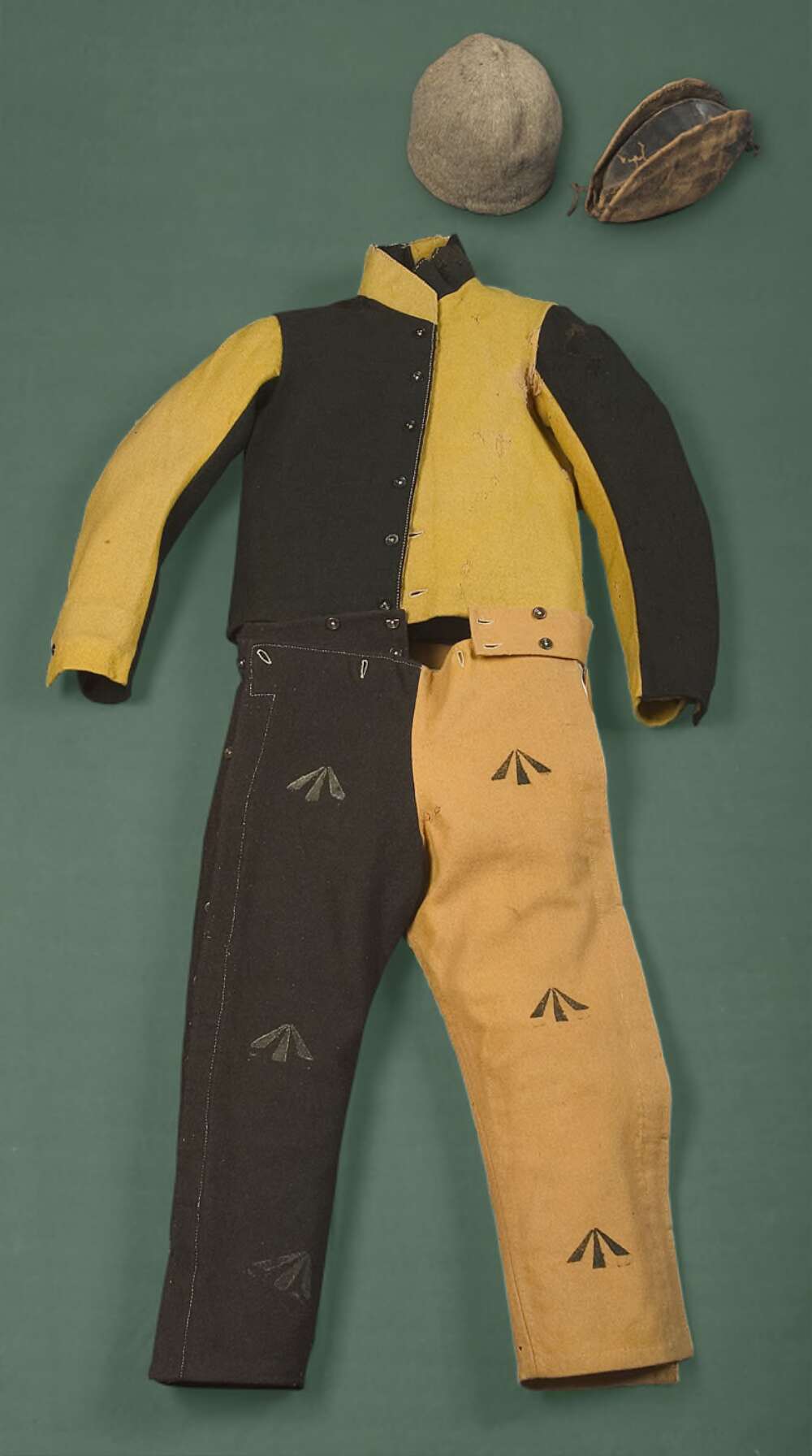
Female convicts were typically issued with simple dresses or shifts made with coarse uncomfortable fabrics.
In some colonies, convicts wore the “magpie” uniform, a black and white striped suit. This outfit signified a convict’s low status and made escape difficult. The stripes were often wide, making the wearer easy to spot in the Australian bush – not unlike a magpie.
Military uniforms
From the late 17th century to the late 19th century, the distinctive red uniforms of British soldiers were an imposing sight in Britain’s colonies across the world. This earned them the nickname ‘Redcoats’.
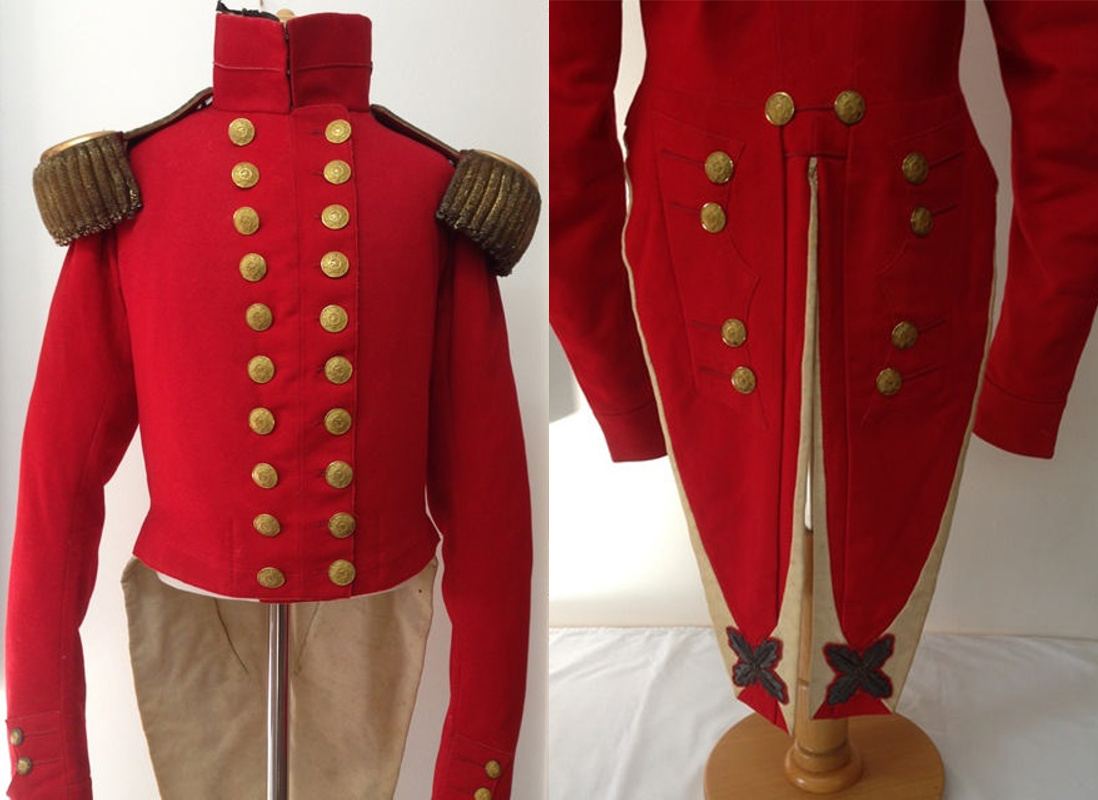
A fantastic example of a British ‘redcoat’ is this regimental dress jacket from the Port Macquire Museum collection in Trove. The coat belonged to Dr John Vaughan Thompson (1779-1847). Thompson was a medical doctor and zoologist. He migrated to New South Wales in 1836 to serve as the Deputy Inspector General of Hospitals at the Sydney penal settlement.
‘The jacket is a fine example of a British Army Medical Department officer’s dress uniform of 1830 worn in Australia and evidences the rich fabrics, the skilled tailoring and the highly ornate decorations used to clothe an officer including the gilt buttons and gold bullion and silver filigree epaulettes. This jacket would have only been worn on special occasions and not as everyday uniform, contributing to its good condition.’ – Debbie Sommers

Chinese influences
Non-European migration to Australia began in the early 19th century. These migrants brought with them diverse cultural traditions, including unique fashions that would later influence and enrich Australian clothing styles. At the time however, because of social and cultural separation, traditional clothing was only worn within cultural groups.
The earliest significant non-European migration to Australia was from China during the 1850s Australian Gold Rush. Chinese immigrants brought traditional clothing styles, such as:
-
Qipao/Cheongsam: a long, close-fitting dress with a high collar, side slits, and intricate embroidery, worn by women.
-
Tangzhuang: a traditional Chinese jacket often made of silk or cotton, characterized by a mandarin collar and frog buttons, worn by men.
-
Coolie Hats: the iconic conical straw hats worn by laborers to protect from the sun.

Where to buy
In the early years of the colony, ready-made clothing was hard to come by. People often had to rely on their own skills or the skills of local tailors and seamstresses to create garments. Some clothing was imported from Europe, and advertisements such as this one printed in The Colonist in 1838, can reveal information about what people were wearing.
Established in 1838, David Jones was one of the earliest fashion stores in Australia. It was founded by Welsh immigrant, David Jones, in Sydney. This public notice marks the beginning of Jones’ solo venture, the brand we still know as David Jones.
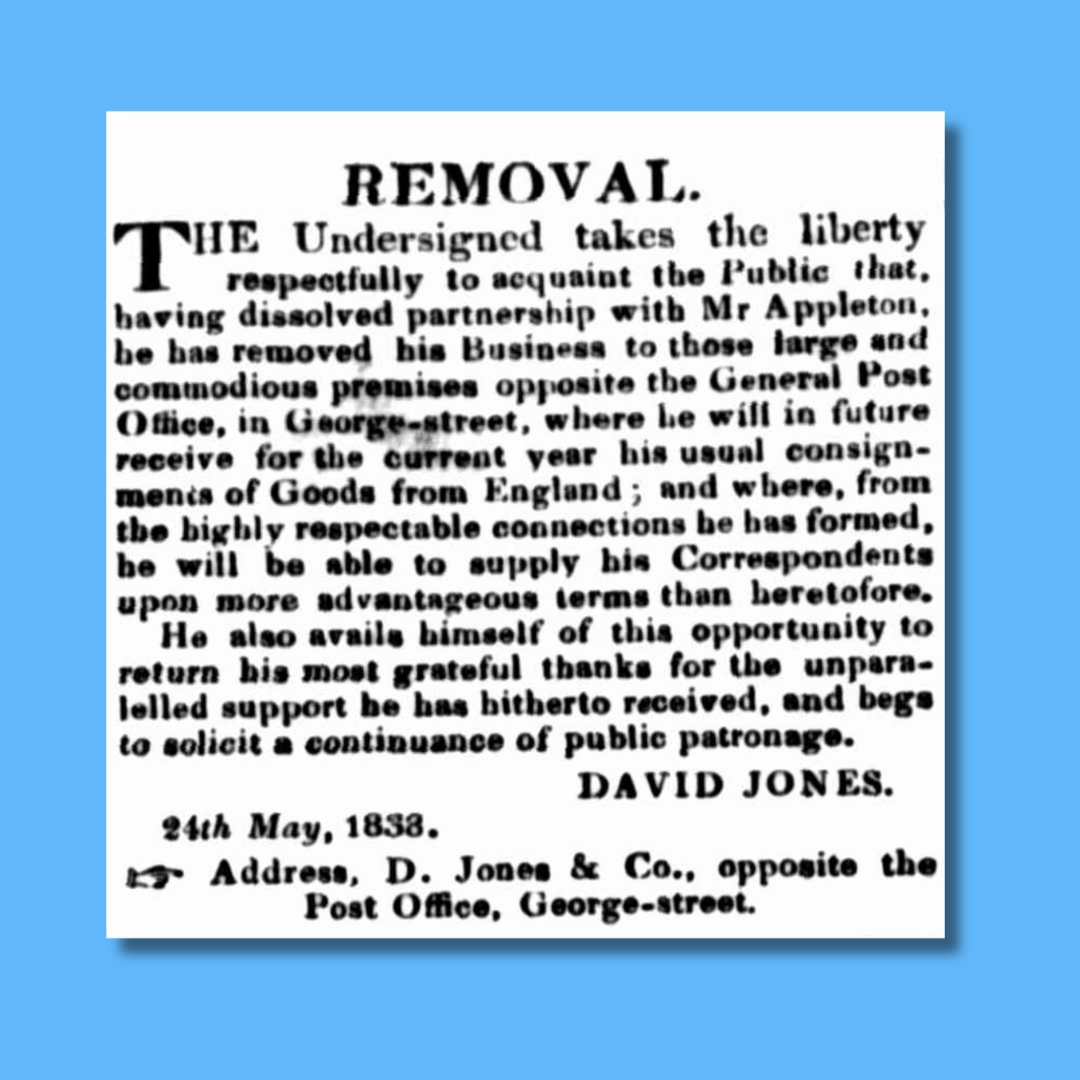
David Jones started out by selling drapery and clothing imported from Europe. Over time, it expanded to include a wide variety of fashion, homewares, and luxury items, becoming a key player in the Australian retail and fashion industry. Today, it is the oldest continuously operating department store in the world still trading under its original name.
Australian fashion history
From leading trends and designers to the cultural influences that made them so popular, discover more of Australia’s fashion history in Trove.